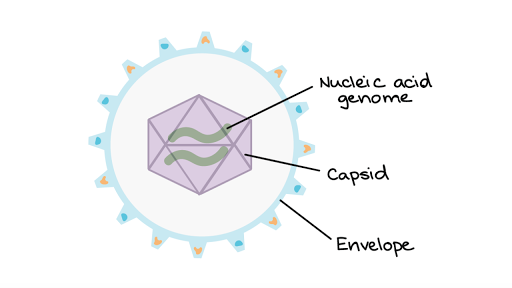Virus Definition For Dummies
They inject their genetic material right into the cell and take over.
Virus definition for dummies. A virus consists of genetic material which may be either dna or rna and is surrounded by a protein coat and in some viruses by a membranous envelope. Viruses are mainly classified by phenotypic characteristics such as morphology nucleic acid type mode of replication host organisms and the type of disease they cause. Once it s inside a host it can multiply by turning a cell into a virus making machine. Note the name of the file and the name of the virus.
A virus is a very tiny infectious particle that lives inside of its host which can be any living organism. Viruses are made up of genetic materials like dna and are protected by a coating of protein. Update your virus signature files right away. Viruses are very small particles that can infect animals and plants and make them sick.
Virus definition is any of a large group of submicroscopic infectious agents that are usually regarded as nonliving extremely complex molecules that typically contain a protein coat surrounding an rna or dna core of genetic material but no semipermeable membrane that are capable of growth and multiplication only in living cells and that cause various important diseases in humans animals and plants. A virus is an infectious particle that reproduces by commandeering a host cell and using its machinery to make more viruses. Viruses are so tiny that people can see them only with powerful microscopes. Recently there has been a new coronavirus outbreak in wuhan china which has created concern all around the world.
Go to your antivirus company s web site for more information. Read the alert carefully to see if the virus has been removed. A virus is made up of a dna or rna genome inside a protein shell called a capsid. A coronavirus first jumps from animals to humans then spreads between humans.
Virus classification is the process of naming viruses and placing them into a taxonomic system similar to the classification systems used for cellular organisms. Some viruses have an external membrane envelope. Some viruses have a spherical or round shape. Viruses are tiny particles that cause disease in people other animals and plants.
Viruses are very diverse. Others are shaped like rods.
